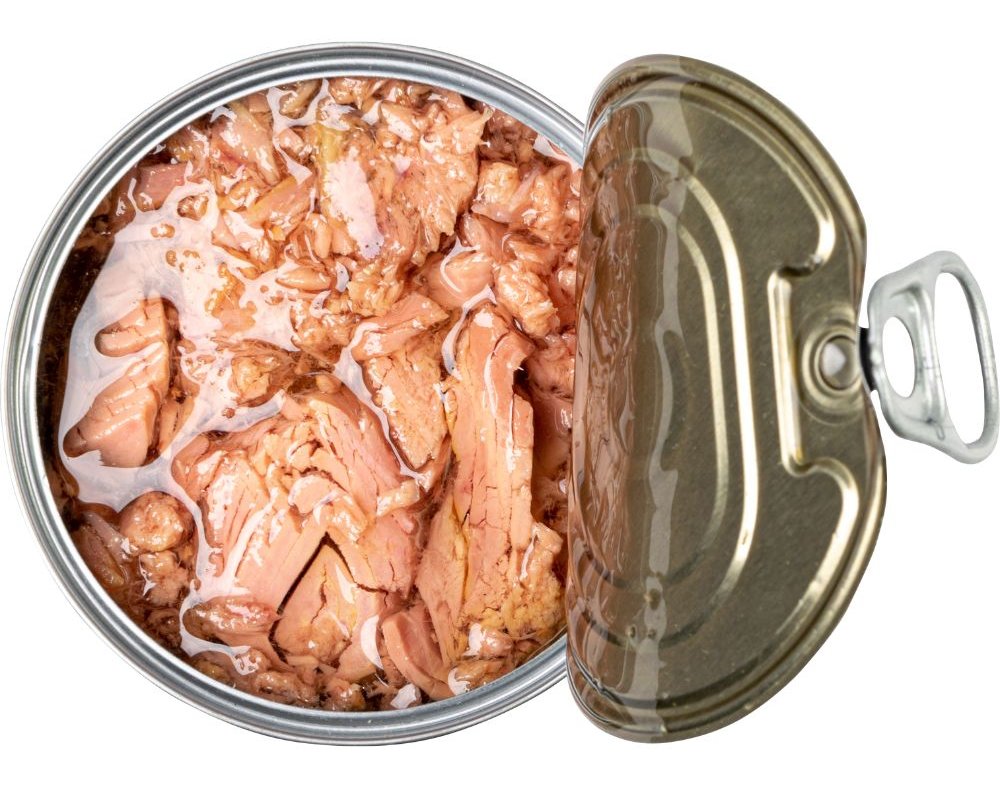When it comes to weight gain and muscle building, protein is a crucial macronutrient. However, achieving your protein goals doesn’t have to break the bank. In fact, this article will explore budget-friendly protein sources to help you incorporate enough protein into your diet, supporting your fitness objectives without overspending.
Why Protein is Important for Muscle Building
Protein is necessary for muscle repair, growth, and proper physiological function. It helps create and maintain muscle tissue, aids recovery post-workout, and contributes to overall health. Therefore, to effectively gain weight and build muscle, aim for a protein intake of about 1.2 to 2.2 grams per kilogram of body weight, depending on your activity level and fitness goals.
Affordable Sources of Protein
Here are some budget-friendly protein sources to help you meet your daily needs:
Eggs
Eggs are a complete protein, which means they contain all essential amino acids. They are versatile and can be prepared in various ways—boiled, scrambled, or as an omelet. Additionally, at around $0.20 per egg, they offer excellent nutritional value for the cost.
Canned Tuna
Canned tuna is a quick and inexpensive source of protein. A single can (approximately 30 grams of protein) costs around $1.00 to $2.00 and can be easily added to salads, sandwiches, or pasta dishes.
Greek Yogurt
Greek yogurt is rich in protein and can be found at reasonable prices. Opt for plain varieties to avoid added sugars. One cup provides around 20 grams of protein and can be enjoyed with fruits or used in smoothies. This makes it a versatile and affordable option for your protein needs.
Legumes and Beans
Beans, lentils, and chickpeas are not only affordable but also packed with protein and fiber. Typically, a can of beans contains around 15 grams of protein and costs about $0.80. Moreover, they can be added to soups, salads, and stews, making them a great addition to any meal.
Chicken Thighs
While chicken breast is often recommended for its lean protein content, chicken thighs are a more affordable option. They contain similar protein levels and are flavorful and juicy. Furthermore, buying in bulk can lead to additional savings, making them an economical choice for muscle building.
Peanut Butter
Peanut butter is a delicious way to boost your protein intake. Two tablespoons provide around 8 grams of protein for about $0.20. Spread it on whole grain bread or mix it into smoothies for added nutrition. As a result, it’s an easy, cost-effective option for a protein boost.
Cottage Cheese
Cottage cheese is another budget-friendly dairy option rich in protein. One cup contains about 28 grams of protein and costs around $1.00. It can be eaten on its own or mixed with fruits and nuts, making it a great addition to both savory and sweet meals.
Protein Supplements on a Budget
If whole food sources are not sufficient, consider affordable protein supplements:
- Whey Protein Powder: Often available in bulk, whey protein is an effective way to increase protein intake. Look for sales or generic brands to save money.
- Plant-Based Protein Powder: For those who prefer plant-based options, consider pea or soy protein, which are typically more affordable than some whey varieties.
Meal Planning for Protein Intake
To maximize your protein consumption on a budget, consider meal planning:
- Batch Cooking: Prepare large quantities of protein-rich foods like beans, chicken, or lentils at the beginning of the week. This not only saves time but also money.
- Mix and Match: Create meals that combine different protein sources, like a bean and rice bowl or a yogurt parfait with nuts and seeds. Doing so ensures variety while staying within budget.
Budget-Friendly Protein Sources
| Protein Source | Protein Content | Affordability | Serving Suggestions |
|---|---|---|---|
| Eggs | 6 grams per egg | Highly affordable | Scrambled, boiled, or omelets |
| Canned Tuna | 30 grams per can | Cost-effective | Salads, sandwiches, pasta |
| Greek Yogurt | 20 grams per cup | Budget-friendly | Smoothies, parfaits, snacks |
| Legumes & Beans | 15 grams per can | Very affordable | Soups, stews, salads |
| Chicken Thighs | 25 grams per 3 oz | Affordable | Grilled, baked, stir-fried |
| Peanut Butter | 8 grams per 2 tbsp | Inexpensive | Sandwiches, smoothies |
| Cottage Cheese | 28 grams per cup | Economical | Plain, mixed with fruits/nuts |
Conclusion
Gaining weight and building muscle doesn’t have to be expensive. By incorporating budget-friendly protein sources such as eggs, canned tuna, legumes, and dairy products into your diet, you can meet your nutritional needs without overspending. With a little planning and creativity, you can enjoy a protein-rich diet that supports your fitness goals while staying within budget.
Frequently Asked Questions (FAQ)
Budget-friendly protein sources include eggs, canned tuna, legumes, Greek yogurt, chicken thighs, peanut butter, and cottage cheese. These options offer high protein content without the high cost.
Absolutely—building muscle is achievable with just budget-friendly protein sources when your intake is consistent and well-balanced. The most important factor is consistently reaching your daily protein goals by including a range of low-cost, nutritious foods in your diet.
Start by choosing a few staples like beans, eggs, and yogurt. Then, plan simple meals like rice and beans, scrambled eggs with vegetables, or Greek yogurt with fruit. Batch cooking and mixing protein sources helps save money and time.
Absolutely. Plant-based options such as lentils, chickpeas, black beans, tofu, and peanut butter are not only nutritious but also some of the most budget-friendly protein sources available.
Some, like eggs and Greek yogurt, are complete proteins. Legumes and peanut butter aren’t complete proteins on their own, but when eaten with grains or seeds, they provide all essential amino acids. A varied diet ensures you get all essential amino acids.

